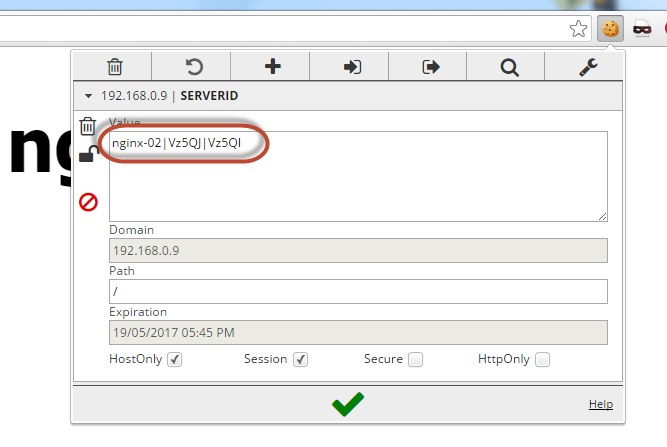

Wrote hashed password to /home/jupyter/.jupyter/jupyter_notebook_config.json You should see the following output: Enter password: Next, set the password for Jupyter with the following command: (notebook) jupyter notebook password You should get the following output: Writing default config to: /home/jupyter/.jupyter/jupyter_notebook_config.py

You can generate it with the following command: (notebook) jupyter notebook -generate-config Next, you will need to generate a configuration file for Jupyter Notebook. Press CTRL+C to stop the Jupyter Notebook. To access the notebook, open this file in a browser:įile:///home/jupyter/.local/share/jupyter/runtime/nbserver-11919-open.html No web browser found: could not locate runnable browser. Use Control-C to stop this server and shut down all kernels (twice to skip confirmation). Serving notebooks from local directory: /home/jupyter/Jupyter You should get the following output: Writing notebook server cookie secret to /home/jupyter/.local/share/jupyter/runtime/notebook_cookie_secret Once installed, run the Jupyter notebook with the following command: (notebook) jupyter notebook Next, install the Jupyter with the following command: (notebook) pip install jupyter Next, activate the virtual environment with the following command: source notebook/bin/activate Next, create a Jupyter directory and create a virtual environment for Jupyter notebook. Next, log in with Jupyter user with the following command: su - jupyter You can create it with the following command: adduser jupyter Next, install the Virtual Environment package with the following command: pip3 install virtualenv Install Jupyter Notebookįirst, create a separate user for Jupyter Notebook. Output: pip 20.0.2 from /usr/lib/python3/dist-packages/pip (python 3.8) Next, verify the PIP version with the following command: pip3 -version Next, upgrade the PIP to the latest version using the following command: pip3 install -upgrade pip Next, verify the installed version of Python with the following command: python3 -version You can install all of them with the following command: apt-get install python3 python3-pip python3-dev -y

So you will need to install Python and other libraries to your system. Once logged in, update your system packages with the following command: apt-get update -y Install Required Dependencies Log in to the Server & Update the Server OS Packagesįirst, log in to your Ubuntu 20.04 server via SSH as the root user: ssh -p Port_number Access to the root user account (or access to an admin account with root privileges).An Ubuntu 20.04 VPS (we’ll be using our SSD 2 VPS plan).Configure Nginx as a Reverse Proxy for Jupyter Notebook.Create a Systemd Service File for Jupyter.Log in to the Server & Update the Server OS Packages.


 0 kommentar(er)
0 kommentar(er)
